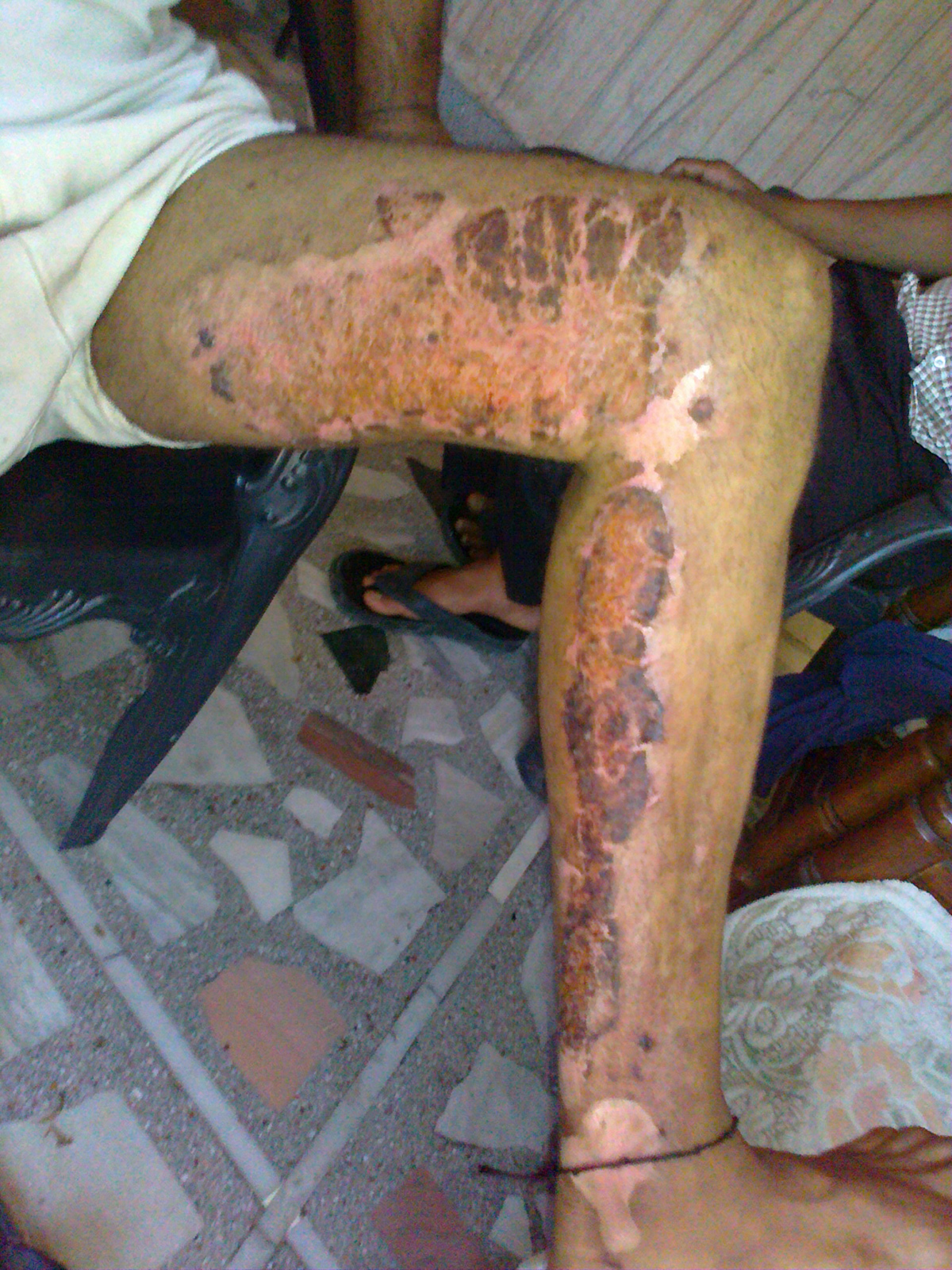
A person can get burned by the numerous different sources, but the most common sources include steam, chemicals, the sun, hot liquids, sun, electricity and hot objects. In order to diagnose and treat them properly they are divided into three categories. The least severe type of burn is a first-degree burn and they only involve the outer skin layer called the epidermis.
The symptoms of this condition include swelling, red skin and pain. It can be treated at home, but if it covers significant portions of the body one must seek professional medical care. Second-degree burns involve damage to the second skin layer called hypodermis. This condition is recognized by blisters around the burned area, extremely red skin and spots or blotches. Unfortunately, it also involves severe swelling and pain. Smaller second-degree burns can be treated at home, but unless this is the case one must seek immediate medical assistance, especially if the burns occur on the face, major joint, feet, buttocks, hands or groin. Third-degree burns involve all the skin layers and sometimes even structures under the skin. All burns of this type require immediate medical care.
A minor burn can be safely treated at home. One should first put it under cold, running water for a few minutes. A cold compress can be a substitute if running water is not available. One should avoid putting butter on the damaged tissue since it traps the heat in it. After the cooling one should apply some lotion topically in order to provide soothing relief and prevent the burn from being dry.
When the burn is moisturized properly it should be covered with a sterile gauze. One should avoid putting too much pressure on the burn. One should avoid breaking any blisters that may sometimes occur. Once they break all by themselves, the area should be cleaned with an antibiotic ointment and wrapped in sterile gauze again. Over-the-counter painkillers can be used if the burn becomes too painful and one cannot tolerate such amounts of pain.
All major burns must be treated by professional medical staff and any burned clothing that adheres to the skin should not be removed. The burned area should be covered with a sterile bandage. One should avoid breaking blisters or topically applying any types of ointments. If a person gets burned by a chemical, the burn must be cleaned in cold water in order to remove the chemical off the body. One should also notice that electrical burns can sometimes result in an irregular heartbeat.


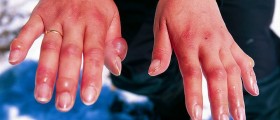
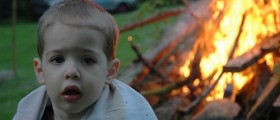
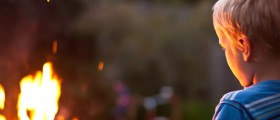
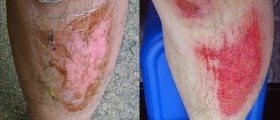
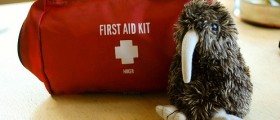
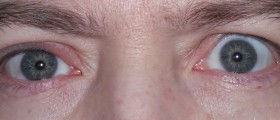
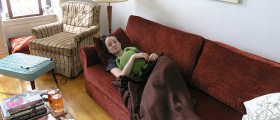
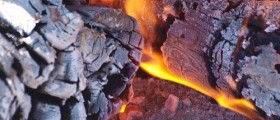


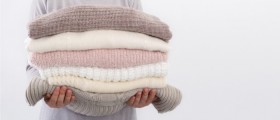




Your thoughts on this
Loading...